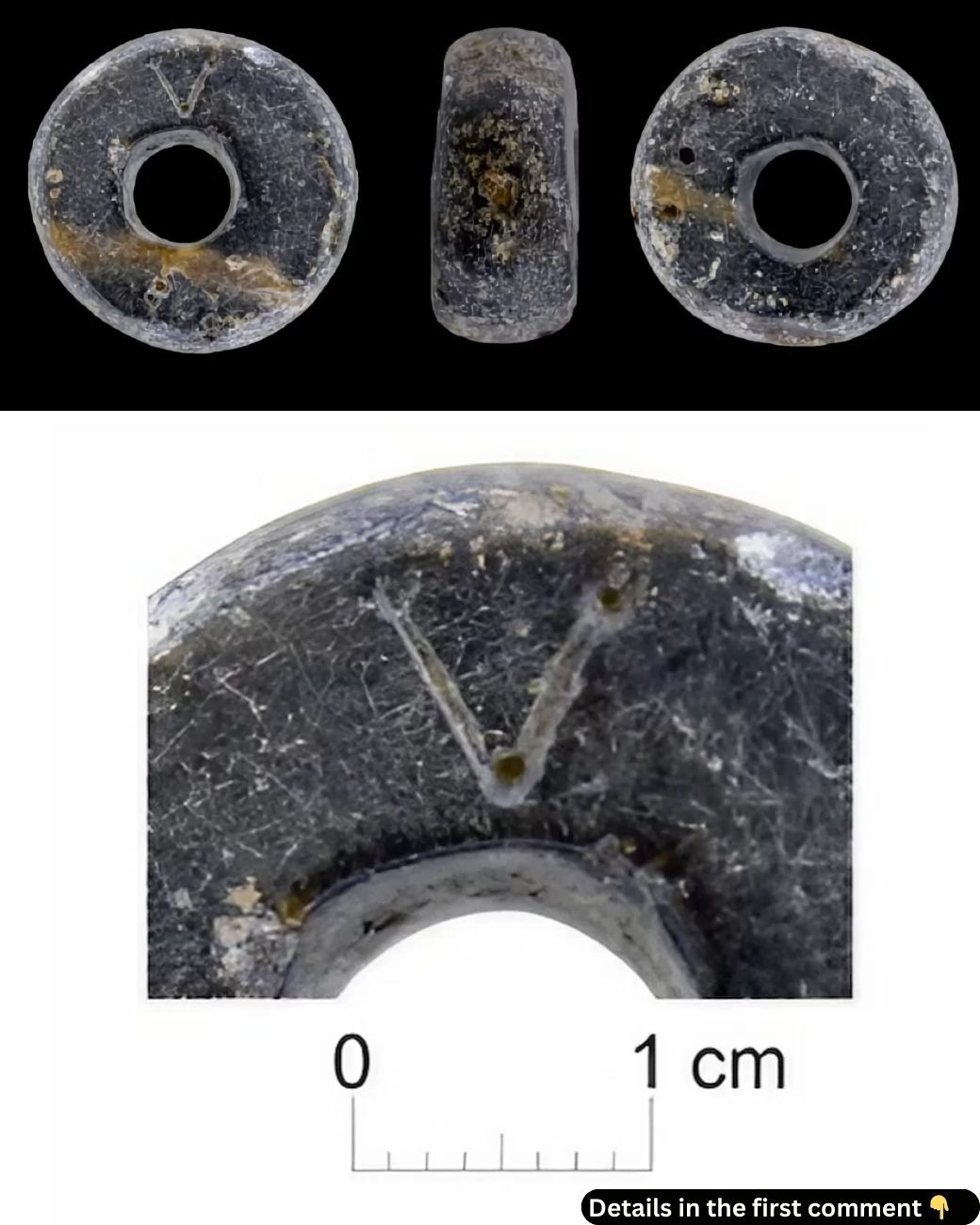In the remote hills of La Ercina, located in the province of León, Spain, archaeologists have uncovered a significant artifact that sheds light on the history of writing in the Iberian Peninsula. A small yet remarkable discovery at the La Peña del Castro archaeological site has challenged long-held assumptions about Iron Age cultures in northern Spain. A spindle whorl bearing an inscription from the Celtiberian alphabet, dating back to the 1st century BCE, was unearthed, providing one of the earliest known examples of alphabetic writing in the region. This find has profound implications for understanding the development of writing in pre-Roman Spain and the social dynamics of early Iberian communities.
The La Peña del Castro Site: An Overview of the Settlement
The La Peña del Castro site has been a focal point for archaeological exploration since 2013, and excavations continued until 2019. Located in the municipality of La Ercina, in León, the site holds particular significance for its historical and cultural context. La Peña del Castro was an Iron Age settlement that witnessed the growth of a complex society with increasing social differentiation and economic sophistication.
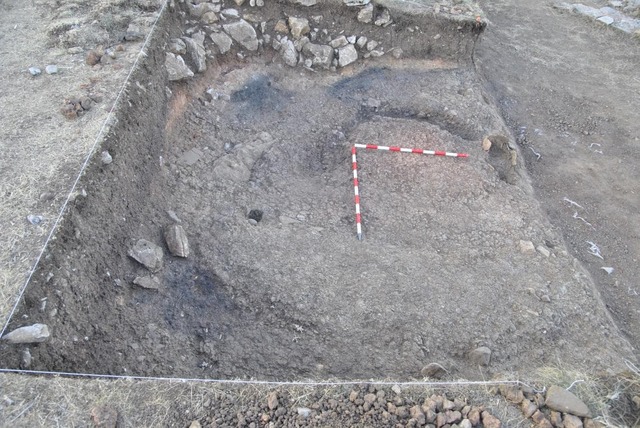
The archaeological team from the University of León has made a series of important discoveries that paint a vivid picture of life during this period. During the 2017 excavation campaign, researchers unearthed a range of materials, including tools, seeds, and cured beef, that shed light on the daily life and economy of the settlement. However, it was the spindle whorl, engraved with an inscription, that truly caught the attention of the research team. This seemingly simple object is now at the center of a broader conversation about literacy and cultural exchange in pre-Roman Iberian society.
Video
Watch Celtiberian Inscription Found at La Peña del Castro to discover one of the earliest examples of alphabetic writing. Don’t miss this fascinating find!
Celtiberian Writing: An Early Example in the Northern Iberian Peninsula
The spindle whorl discovered at La Peña del Castro bears an inscription that is part of the Celtiberian alphabet, a script used by the Celtic-speaking peoples of the Iberian Peninsula. The find is significant because it represents one of the earliest documented examples of alphabetic writing in the northern Iberian Peninsula. Before this discovery, many archaeologists believed that Iron Age cultures in this region lacked written records, especially before the Roman conquest.
The inscription itself is engraved on a small talc spindle whorl, a tool used in textile production. Dating back to the 1st century BCE, the whorl is made from talc, a material that was locally sourced, indicating that it was crafted at the site itself. This reinforces the idea that the community at La Peña del Castro may have had residents capable of understanding and using written symbols, suggesting that literacy, or at least the rudimentary use of writing, was present in this Iron Age settlement.
Cultural and Social Implications of the Inscription
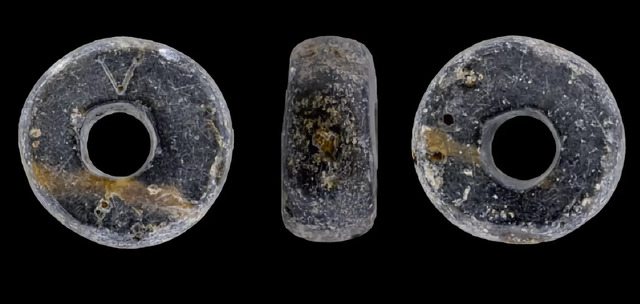
The inscription on the spindle whorl raises several fascinating questions about the role of writing in Iron Age society. It is believed that the symbol could represent a property mark, a common practice in many ancient societies where ownership was indicated through written or inscribed symbols. Property marks were often used by neighboring cultures such as the Vaccean, who had a significant influence on the region from the 2nd century BCE. However, the uniqueness of the inscription within the context of La Peña del Castro suggests that it might have also held symbolic or ceremonial meaning, potentially indicating the social status or prestige of its owner.
This discovery challenges the conventional view of pre-Roman Iberian societies as illiterate and suggests that literacy was not limited to the more urbanized areas of the Mediterranean world. Instead, the people of La Peña del Castro may have had their own forms of written communication, used for both practical purposes such as marking ownership and possibly for more symbolic or ritualistic purposes within the community.
Geological and Craftsmanship Insights: Talc and Local Production
The spindle whorl is made of talc, a soft and malleable mineral that was readily available in the surrounding area. This fact provides valuable insight into the local craftsmanship and self-sufficiency of the settlement. By using locally sourced materials, the people of La Peña del Castro demonstrate an understanding of their environment and the resources available to them. The fact that the whorl was produced on-site also supports the idea that the inscription was a product of the local community rather than a trade item brought in from outside.
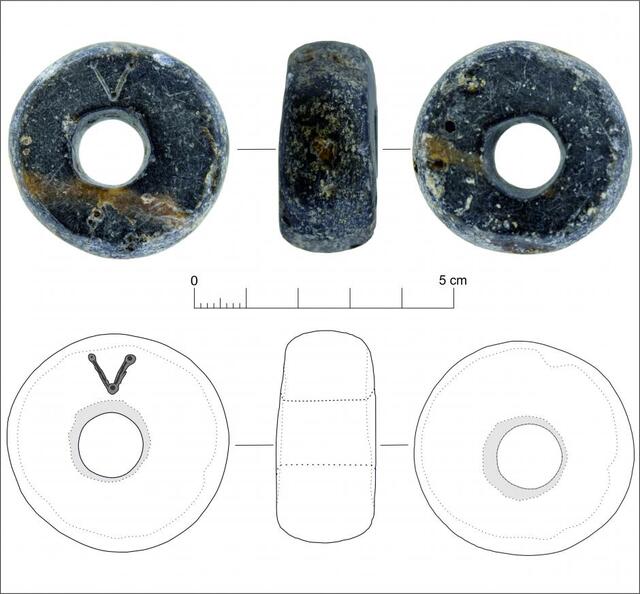
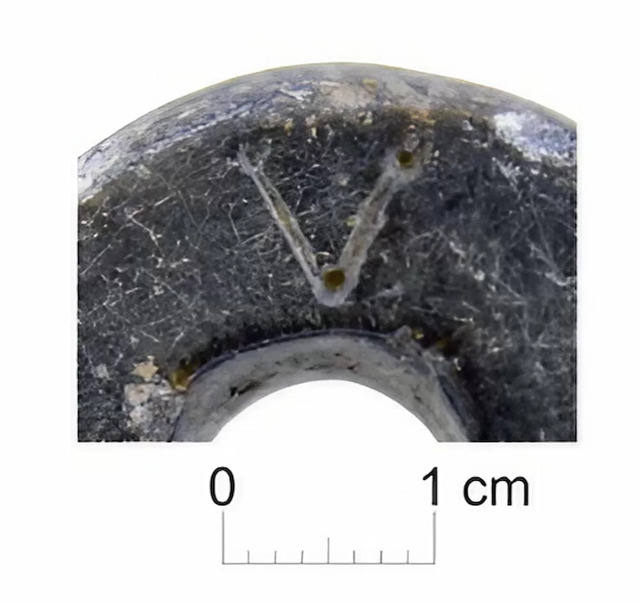
The use of talc and the careful engraving of the symbol suggest a high level of skill and intentionality, reinforcing the idea that the settlement was not only economically active but also socially complex. While the inscription may have served a functional purpose, such as marking ownership, it also suggests that the people of La Peña del Castro were capable of expressing abstract ideas through written symbols.
The Broader Context: Social Transformation in Iron Age Spain
The discovery of the spindle whorl with its inscription is part of a larger pattern of social and cultural transformation that took place in Iron Age Spain. During this period, settlements like La Peña del Castro saw a significant increase in population, greater economic complexity, and enhanced social stratification. The accumulation of agricultural surpluses, increased trade, and the development of more elaborate social hierarchies were key factors driving these changes.
The presence of writing in this context could be a reflection of the growing social differentiation within the community. Writing, even in its most rudimentary form, could have played a role in organizing and managing these more complex social structures. As trade and economic activities expanded, the need for written records or symbols to denote ownership, wealth, and status would have likely increased.
Challenging the Narrative: Writing Before Roman Conquest
One of the most striking aspects of this discovery is its challenge to the previously held notion that writing was virtually absent in northern Iberia before Roman influence. The find at La Peña del Castro suggests that certain communities in the region were exposed to writing practices, whether through direct cultural exchanges or through local developments. While it is still unclear how widespread literacy was in Iron Age Iberia, this inscription provides evidence that some communities were capable of using written symbols long before the Roman conquest.
This discovery also supports the idea that writing did not emerge in Iberia solely as a result of Roman influence but rather developed in parallel with broader social changes taking place in pre-Roman societies. The inscription at La Peña del Castro adds a new layer of complexity to our understanding of Iron Age Iberian culture and challenges the traditional narrative of a largely illiterate society.
Conclusion: The Impact of the La Peña del Castro Inscription on Iberian Archaeology
The discovery of the Celtiberian inscription on the spindle whorl at La Peña del Castro is a groundbreaking find that significantly expands our understanding of pre-Roman Iberian cultures. It provides the earliest evidence of alphabetic writing in the northern Iberian Peninsula and challenges long-held assumptions about the development of literacy in Iron Age societies. This discovery also highlights the evolving social and economic complexity of the region during this period, offering new insights into the ways in which writing may have played a role in organizing and managing these changes.
As research continues and further excavations are conducted, it is likely that more discoveries will shed light on the role of writing in pre-Roman Iberia. This inscription serves as a reminder of the richness and complexity of early Iberian societies, whose daily lives, social structures, and interactions with neighboring cultures are still being uncovered and understood.
Video
Watch Discovery of the Oldest Writing in Europe: Found in Catalonia to uncover this groundbreaking archaeological find. Don’t miss it!
